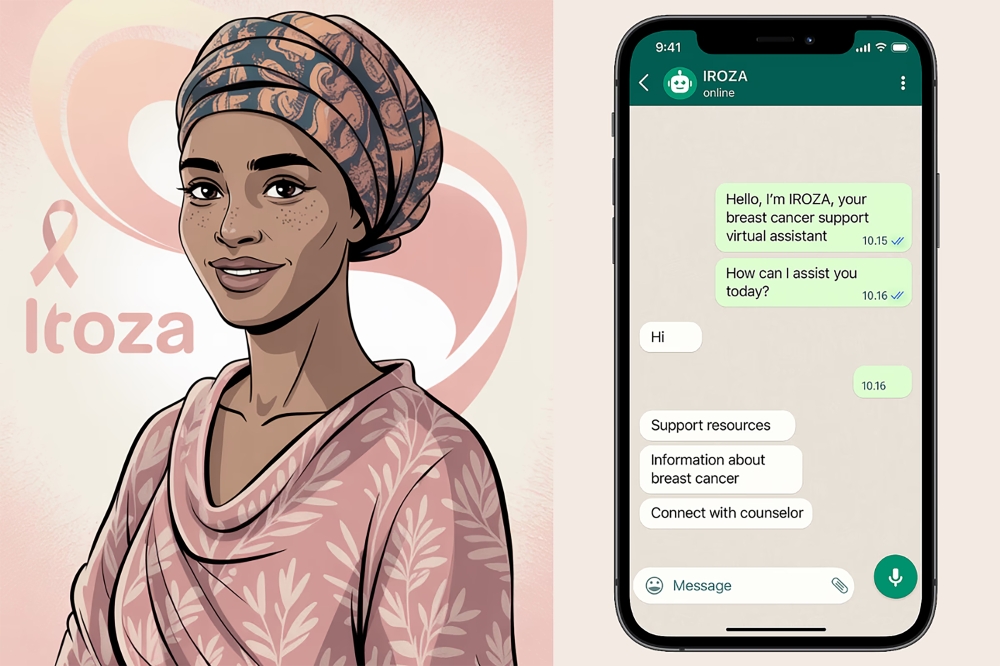New DNA findings show that human genetic mutations are more recent, more rapid than once thought. Conventional wisdom holds that if you could bring back someone from 40,000 years ago, he or she would blend perfectly well with today’s population.

New DNA findings show that human genetic mutations are more recent, more rapid than once thought.
Conventional wisdom holds that if you could bring back someone from 40,000 years ago, he or she would blend perfectly well with today’s population.
After all, the fossils show that our ancestors were "anatomically modern” by 100,000 years ago, and by 40,000 B.C., they were creating complex tools and art.
It was easy to assume our species hadn’t evolved much since then.
Now molecular biology is overturning that assumption.
Evidence for more recent evolution is coming not from fossils but from patterns seen in the DNA of contemporary people. Genes show that blue eyes, for example, apparently didn’t exist until 6,000 years ago, and the ability to digest milk goes back just 7,000 years.
Scientists have compared genes from different ethnic groups and found more recent genetic mutations are changing the way some people metabolize food, store fat, grow hair, and fight disease.
One new mutation that appears only in Asians may improve hearing and balance.
Some of the more recent changes have not spread through the world uniformly - affecting only those of European, African, or Asian ancestry.
Inquirer






